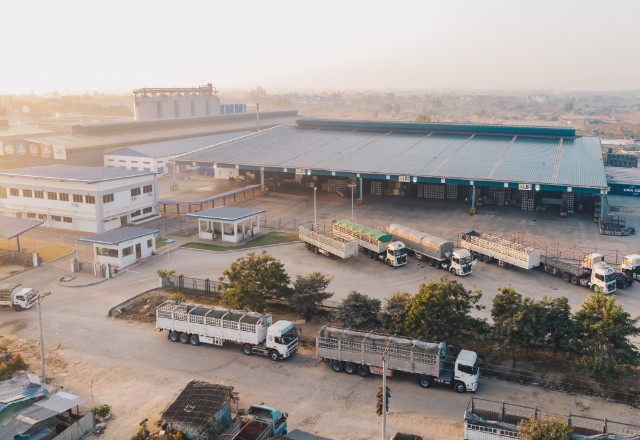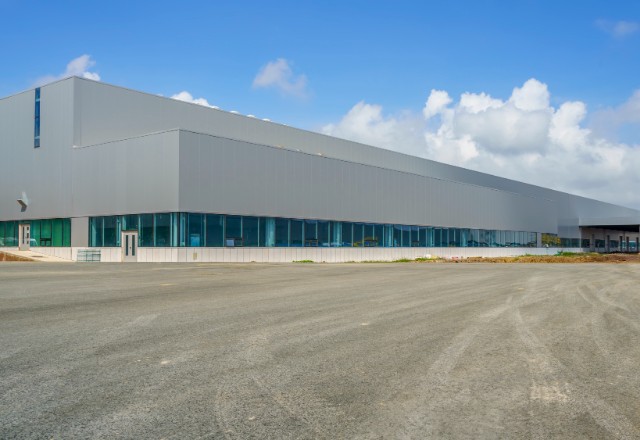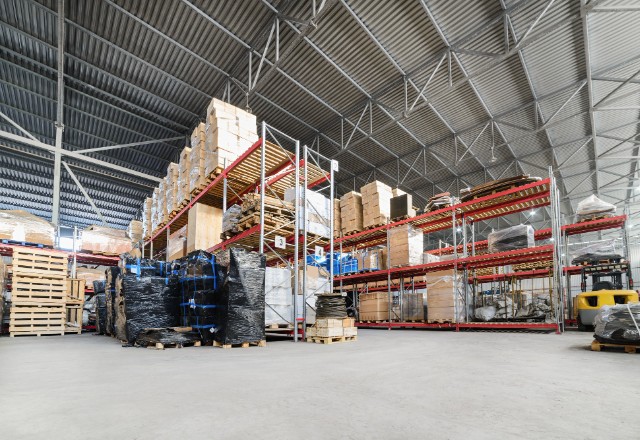Flat roofing systems play a pivotal role in the construction of commercial buildings, offering unique benefits and posing specific challenges. Choosing the right materials for these structures is essential for ensuring durability, weather resistance, and aesthetic appeal. Exploring the various options available and understanding their suitability for different structures is key to making informed decisions when it comes to flat roof installations.
Disclaimer: This article is intended to provide general information on installing metal roofs on flat surfaces. You should always seek the services of a professional roofing contractor for any specific advice or questions regarding your project. Advance Roofing LLC has been proudly serving the Spokane, WA area with the highest standard of quality roofing solutions for many years and we are always happy to help.
Pros and Cons of Installing Metal Roofing on Your Flat Roof
When considering metal roofing materials for flat roofs, several factors must be weighed. Maintenance requirements are notably lower, and metal roofs often offer excellent energy efficiency, but they may require a higher initial investment. Additionally, the durability of metal roofs can withstand strong winds and heavy rain, ensuring a longer service life. However, the cost and the complexity of installation might deter some individuals.

Which Type of Metal Roof is Best for This Purpose?
For flat roofs, the most suitable metal roof types include seam metal roofs and seamless panels. Seam roofs offer superior water resistance due to their interlocking panels, while seamless panels ensure a sleek appearance with fewer potential leakage points. Both types are excellent choices for industrial buildings and commercial structures.
Metal Roofing Options for Various Flat Roof Types
Selecting the appropriate metal roofing material for your flat roof is critical to ensure longevity and durability. Here’s a guide to the most suitable metal roofing solutions for different types of flat roofs:
- Corrugated Metal Panels: Corrugated metal panels serve as an excellent choice for flat roofs due to their versatility and durability. They provide substantial protection against adverse weather conditions and offer a sleek appearance.
- Flat Seam Metal Roofing: This type consists of metal panels that are flat and joined together with seams. It’s a versatile option for flat roofs due to its flexibility in design and installation.
- Standing Seam Metal Roofing: This type of roofing consists of vertical panels with two seams that stand vertically. It offers durability and weather resistance, making it a good choice for flat roofs.
- Copper Roofs: Copper roofs offer an exceptional option for entire roof coverage. They are highly resistant to corrosion, offering a long service life and an appealing aesthetic.
Membrane roof systems like EPDM or modified bitumen can pair well with certain types of metal roofs. Metal roofing companies often recommend this combination for enhanced longevity.
Selecting the most suitable metal roofing option for your specific flat roof type is crucial. It’s advisable to conduct thorough roof inspections and consult a reputable roofing company to determine the best fit for your property.

How Much Will the Installation Cost?
The exact price of installing a metal roof on a flat surface varies based on factors such as the roof pitch, square footage, and the specific metal roof panels chosen. While the initial cost may be higher than other roofing materials, it’s essential to consider the long-term benefits and durability.
Common Approaches to Retrofit a Low Slope Roof with Metal
Retrofitting a low slope or flat roof with metal involves several common methods, including metal roof replacements or installing metal panels over the existing roof, particularly for EPDM roofs or asphalt membranes. Professional roofing contractors often inspect the existing structure to decide the most suitable approach.

Should You Seek Professional Help or DIY?
Considering the complexity of installing a metal roof on a flat surface and the various environmental factors that can affect the process, it’s highly recommended to seek help from a professional roofing contractor. This ensures the installation is conducted correctly, mitigating risks of water damage and ensuring a successful roofing project.
Conclusion
In conclusion, the world of flat roofing materials for commercial buildings offers a diverse array of options. From TPO and EPDM to PVC and modified bitumen, each material brings its own set of advantages and considerations. The ideal choice ultimately depends on factors such as structural design, climate conditions, budget constraints, and desired longevity. By carefully assessing these elements and consulting with roofing experts, businesses can make informed decisions to achieve reliable, long-lasting, and aesthetically pleasing flat roof systems for their commercial properties.



 509-201-4190
509-201-4190
